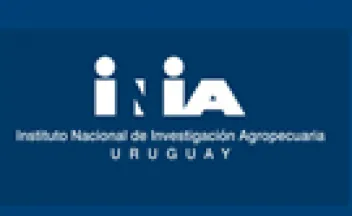Integrating rumen microbiome profiles to predict feed efficiency and methane emissions in Hereford beef cattle. [Integración de los perfiles del microbioma ruminal para predecir la eficiencia alimentaria y las emisiones de metano en ganado vacuno Hereford.]. [Integrar perfis do microbioma ruminal para prever a eficiência alimentar
e as emissões de metano em bovinos de carne Hereford.].

ABSTRACT.- In ruminants, the microbiome plays a key role in traits like feed efficiency and methane emission production. In recent years, several studies have investigated the relationship between the host genome, microbiome profiles, and complex traits to improve the profitability and sustainability of the industry. In this study, we aimed to evaluate the predictive ability of models for individual feed intake, efficiency, and methane emissions using genomic and microbiome information. -----------
